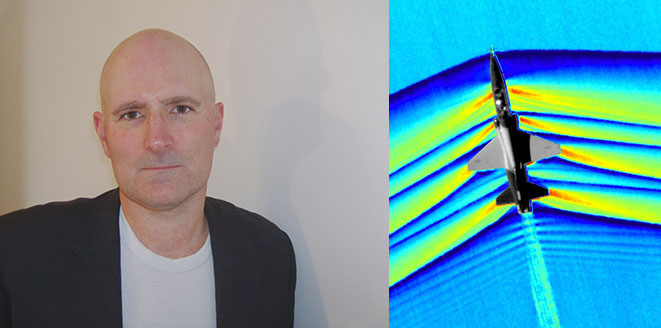Pushing the Envelope
Pushing the envelope
Into the fourth dimension
 Robert Coppinger
Robert Coppinger
A prototype morphing wing drone could fly in the next few years using a combination of two technologies that have had a significant impact: 3D printing and composite materials. From 3D printed rocket engines to lighter airliners constructed largely from composites, the savings in raw materials and fuel burn from these technologies have seen substantial benefits. For this drone, the metal powders or thermoplastic pellets feeding the 3D printer are being replaced by composite fibres to create an additive manufacturing method that is being called 4D printing.
The term 4D printing has existed for more than a decade with references in nanomaterial engineering in the 2000s. This version of the additive manufacturing process is defined as a 3D printed material which changes its shape in response to external stimuli. Another definition is 3D printing with changes in the feedstock at set times during the manufacturing process. This would result in something like a composite multifunctional structure. For 4D printing’s application to aerospace and the use of composite materials, the two definitions are combined. Researchers at Concordia University in Montreal, Canada have used the 3D printing of a composite material that, when heated afterwards, becomes a corrugated shape, creating a 4D process. The researchers point out that it avoids the need for a complex geometry mould to create the corrugated core.
Professor Suong Van Hoa is director of Concordia University’s Concordia Centre for Composites and the 4D wing is one of the centre’s projects. Hoa explained the corrugated core is created with flat panels of fibres with one set of properties being placed in one direction and another fibre type with different properties in the other, or the principle of anisotropy. These different fibres have differing degrees of expansion when cured and it is this difference that bends the panels into the final curved structure. The corrugated structure can provide stiffness in the span direction and flexibility in the chord direction. Prior to the Concordia work, there had been a question mark over whether a composite wing could cope with the degree of flexibility needed.
Previously, with the 4D printing of composites, there has been a limit on the minimum radius that can be manufactured. That radius depended on the lay-up sequence of the asymmetric laminates used in the 4D printing process. The optimum shape and equivalent properties went through many iterations to achieve the desired result. In testing it sustained the load for a ‘medium size’ drone and had a flex angle of up to 20º, but the testing did not deform the wing to destruction.
The wing design the researchers want to build with 4D printing is called the adaptive compliant trailing edge (ACTE) morphing wing. The drone’s ACTE wing could have a span of about three metres and would be a tapered sandwich structure of the printed composite materials.
The corrugated core is fixed between the flat upper and lower skins. So far, only one third of a wing has been produced using 4D printing. Hoa explained that this was the flexible part of the wing. The 4D design creates flexibility in the chord direction.
With a complete wing for a drone, future testing would involve adding an actuator and wire through the wing to pull the trailing edge in such a way that it deforms, or morphs, into an aerodynamically advantageous geometry. The ACTE structure is expected to improve aerodynamic characteristic and flow separation characteristic, resulting in fuel efficiency. The flexible trailing edge has a strip connected to linear guide pairs, stringers, and fibreglass composite skins.
The upper and lower wing skins are connected by the linear guide pairs and by their relative sliding a large continuous bending deformation is achieved. Birds have no problem morphing their wings to achieve the aerodynamics they subconsciously know they need. Finding manufacturing methods to create structures that can emulate nature has been a tall order. The development of 4D printing and its avoidance for the need for moulds may be a step in the right direction. Hoa said that he hoped to be able to fly a small drone, built using the 4D printing process, in the next few years.